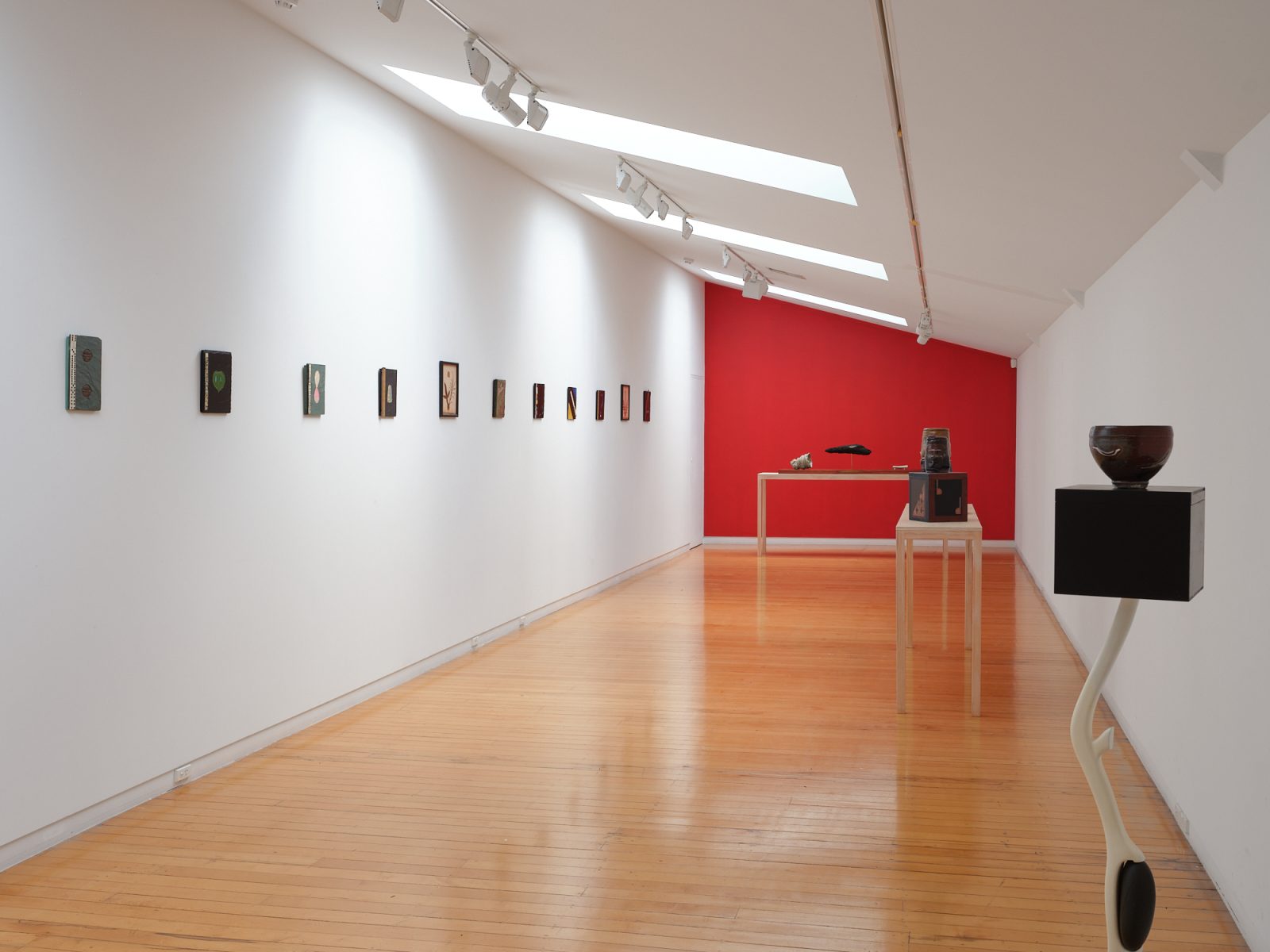Denis O’Connor
Lucken’s Margin
21 July - 19 August 2023
Artist talk | Saturday 22 July – 1 pm
The archaeology of the exhibition Lucken’s Margin traverses territory that begins with a stack of 11 mountain tea-bowls, complete with thumbprint wad from the Heian Dynasty (9-11th century), given to O’Connor in 1982 by the great Japanese artist Ryoji Koie (d. 2020); then proceeds to a horse-bone butter knife, made by a German prisoner of World War Ⅱ who was a pacifist and opposed to the Nazi regime.
Along the way O’Connor honours plain everyday things that are imbued with crucial personal narratives and conceptual layering. These stratified stories define his primary subjects, such as, parenthood, conservation of bird species, hospitality, the mystery of time passing, society’s subcultures, burning apples, and even celebrates the importance of a particular pencil sharpener from the world’s oldest art-supplies shop in Paris.
Three lost porcelain ceramic pieces made in 1981 make guest appearances, in duets with sculptural partners produced during Denis O’Connor’s recent artist residency at Sarjeant Art Gallery, Whanganui. Two of these sculptures explore language, native tongue and speechlessness. We also meet some survivors from the mighty Whanganui River, and get advice on how to improve sleep by one of the most eminent poets of our time.
The exhibition includes a collaboration with Texas-based New Zealand artist Kate Newby.
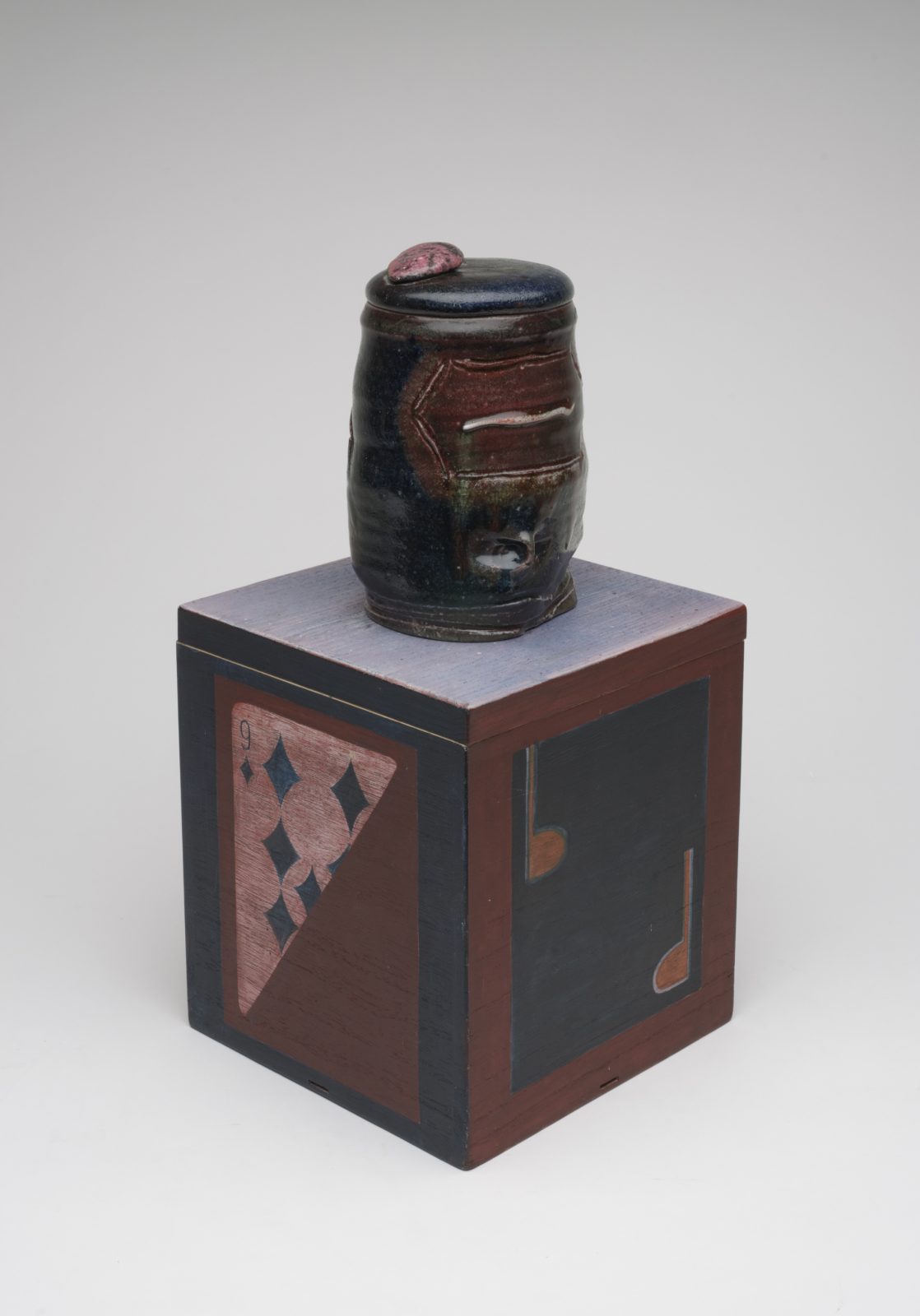
Painted Japanese ceramic box, copper infused porcelain jar (1981), polished Rhodolite pebble
385 x 280 x 430 mm
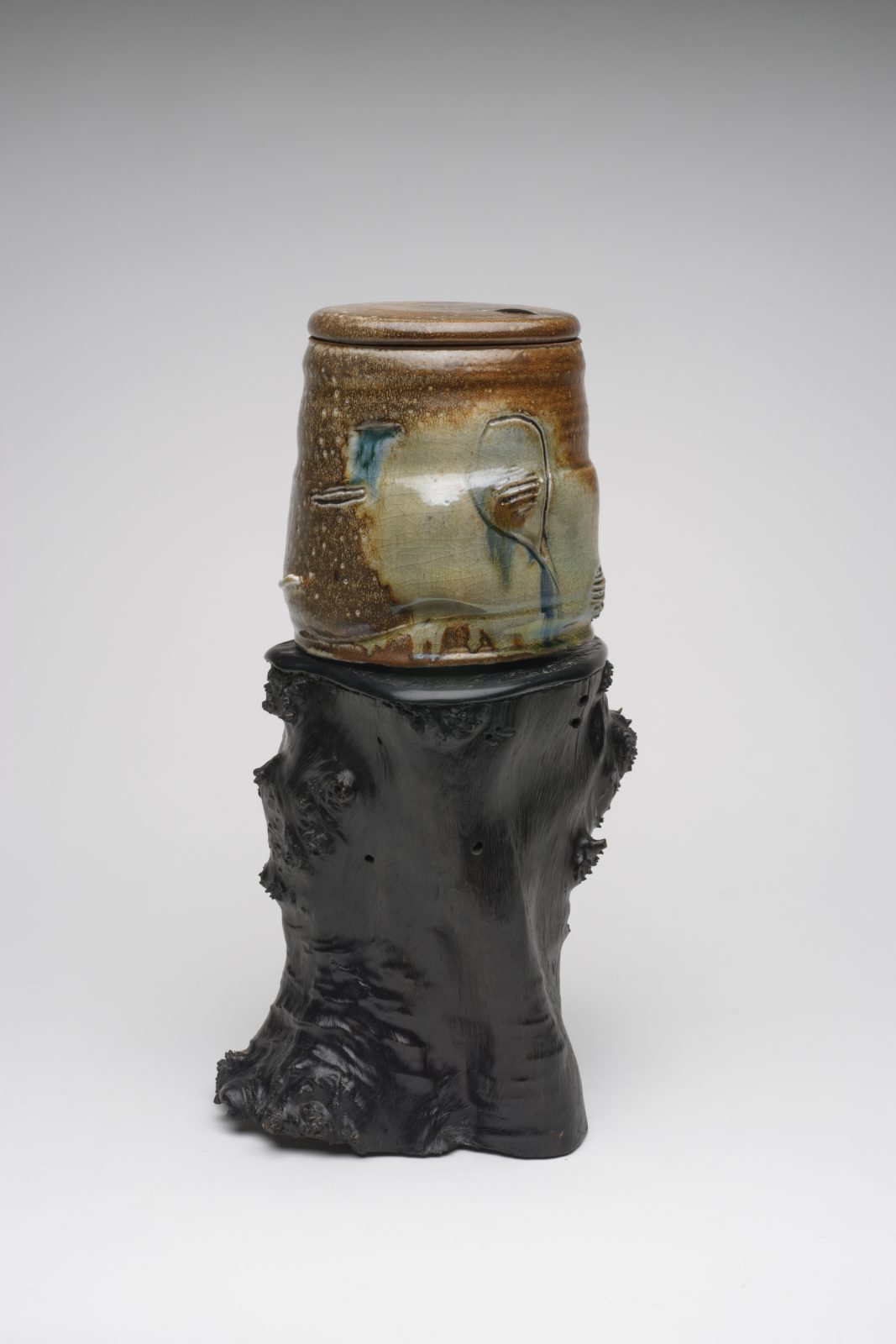
Ebonized Pohutukawa, Spanish oak feet, twice fired saltglazed porcelain 1981
240 x 210 x 480 mm
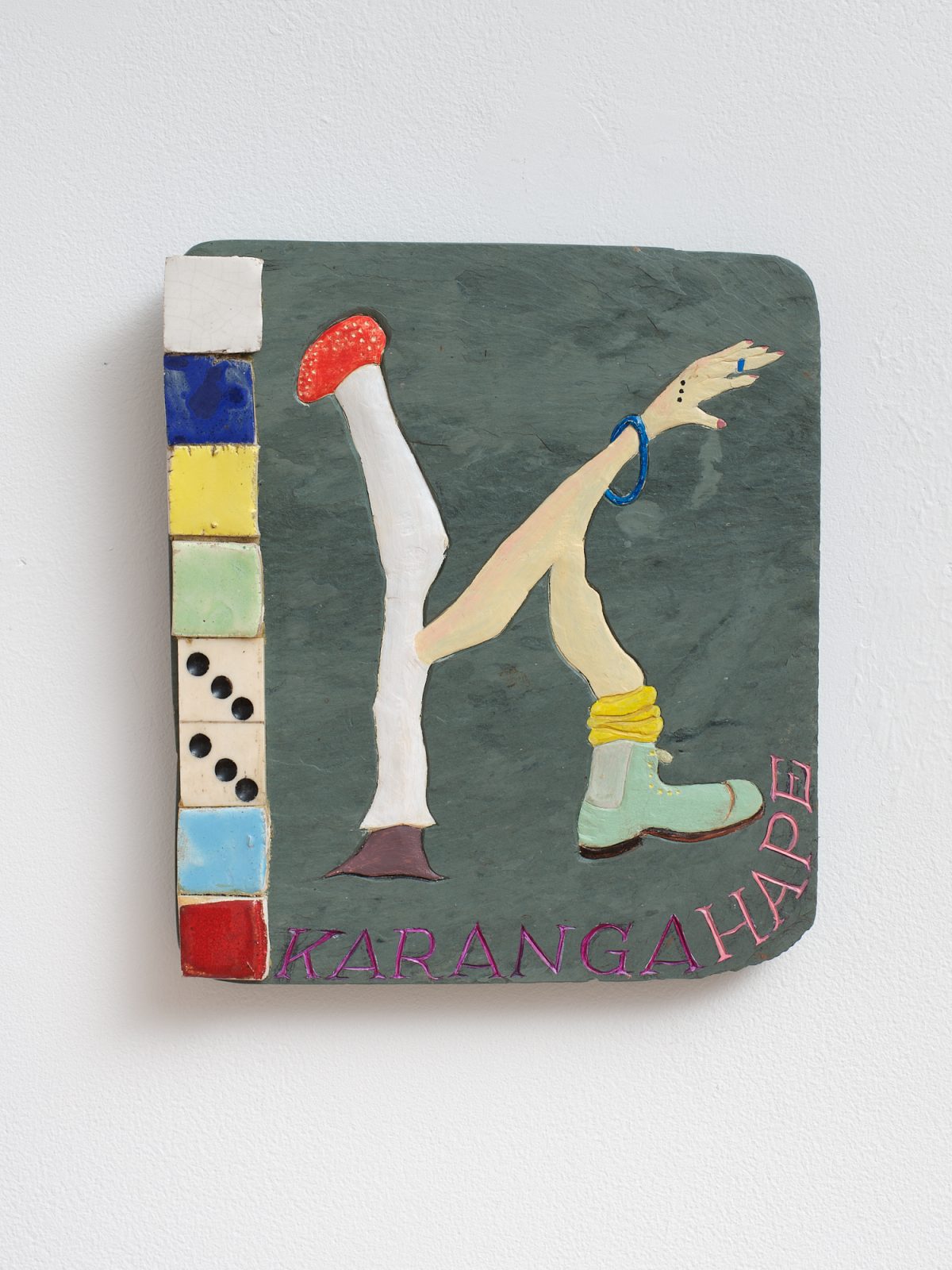
Dominoes, glaze tests, carved pigmented Vermont slate
175 x 205 mm
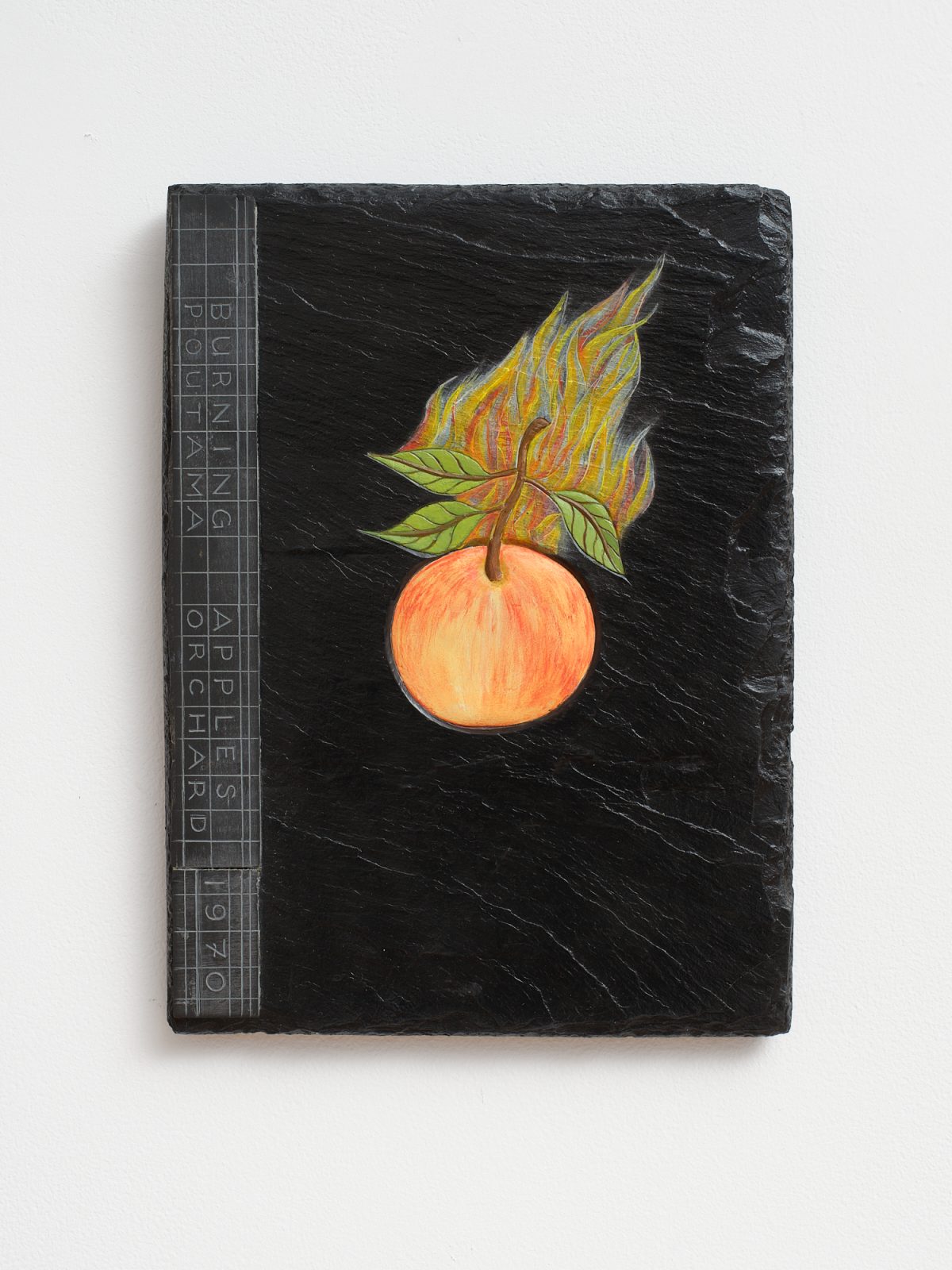
Dominoes, glaze tests, carved pigmented Vermont slate
175 x 205 mm
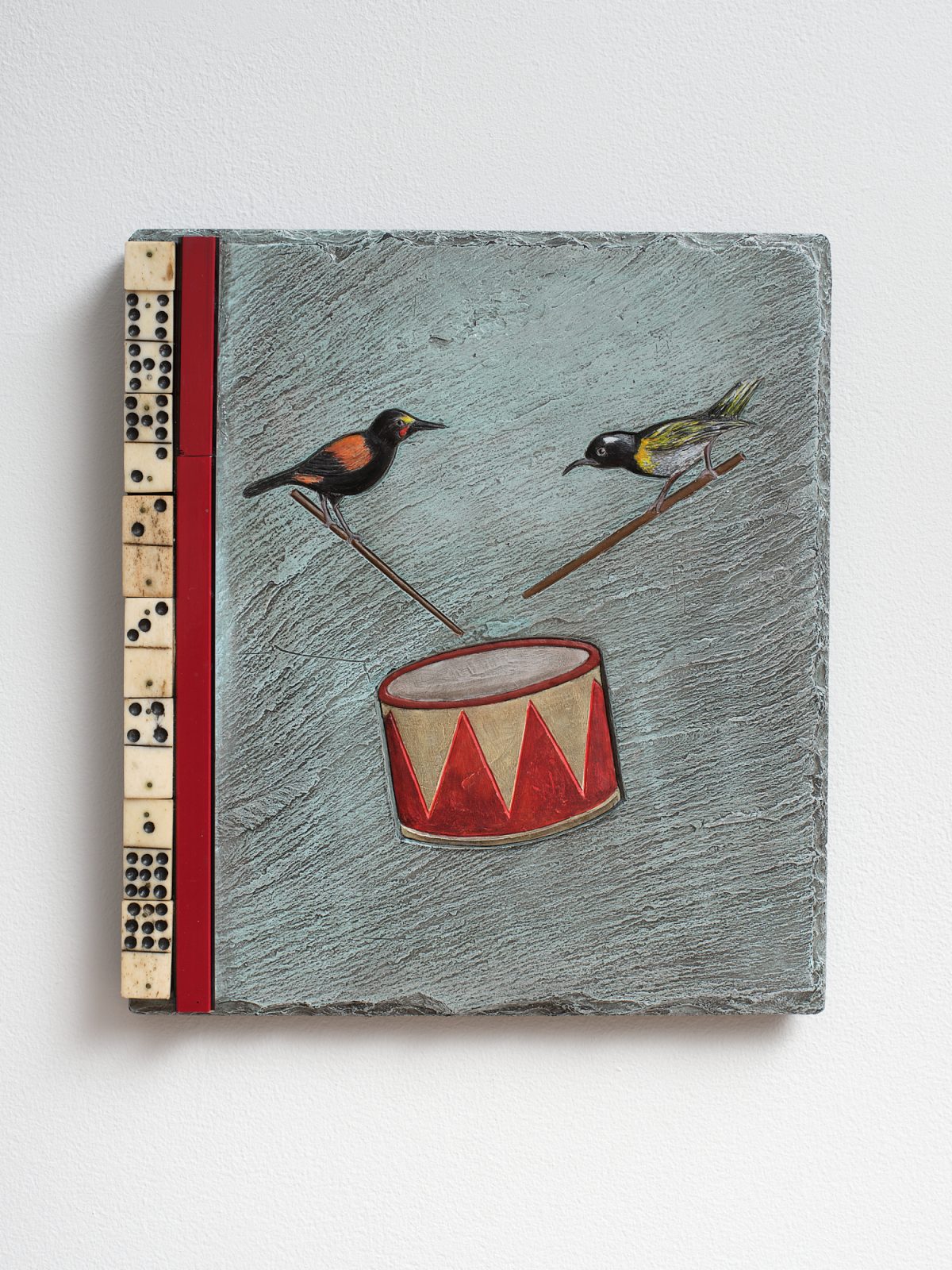
Bone dominoes, carpenters pencil, carved pigmented Welsh Slate
225 x 222mm
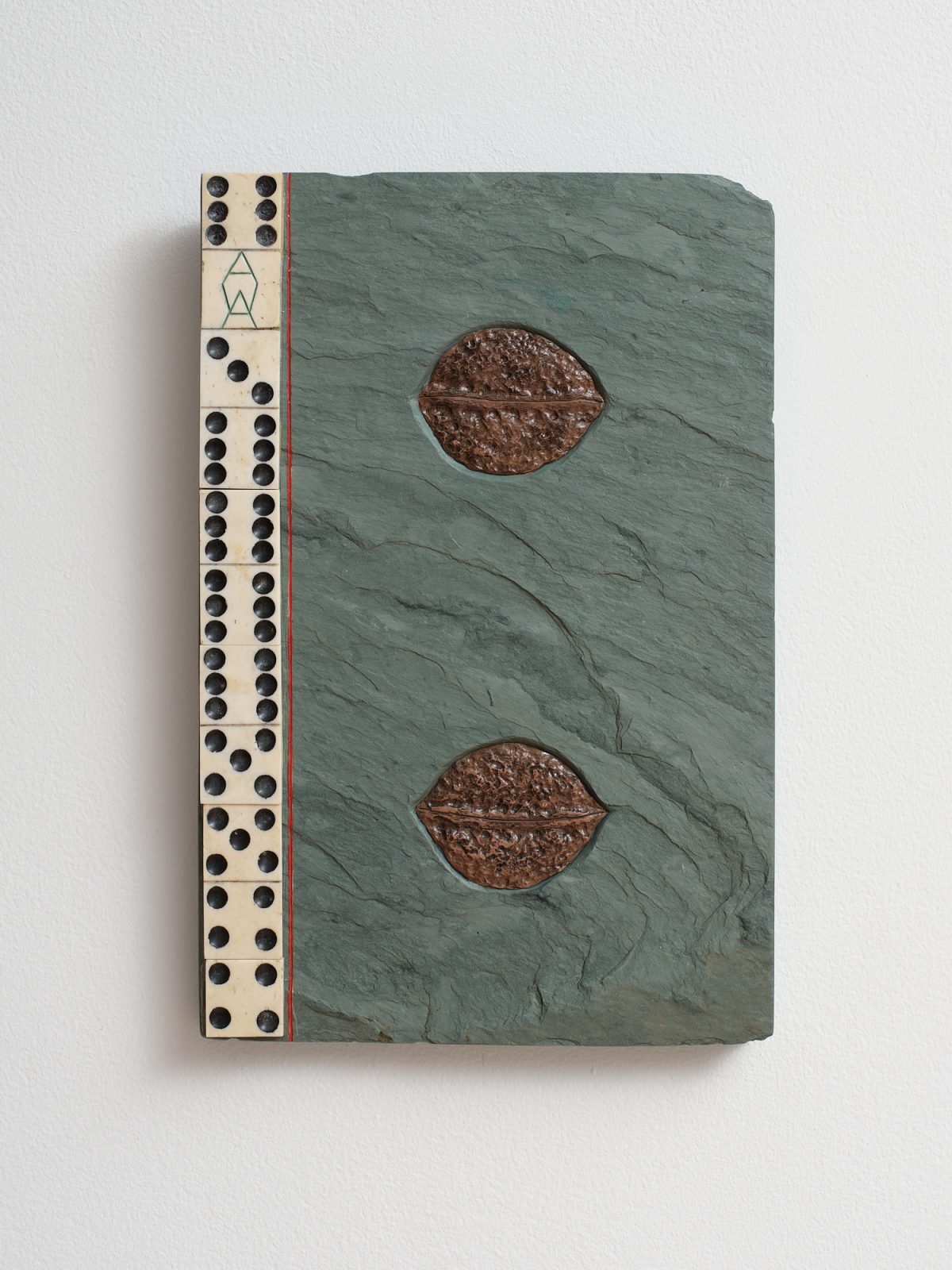
Dominoes, carved pigmented Vermont slate
255 x 170 mm
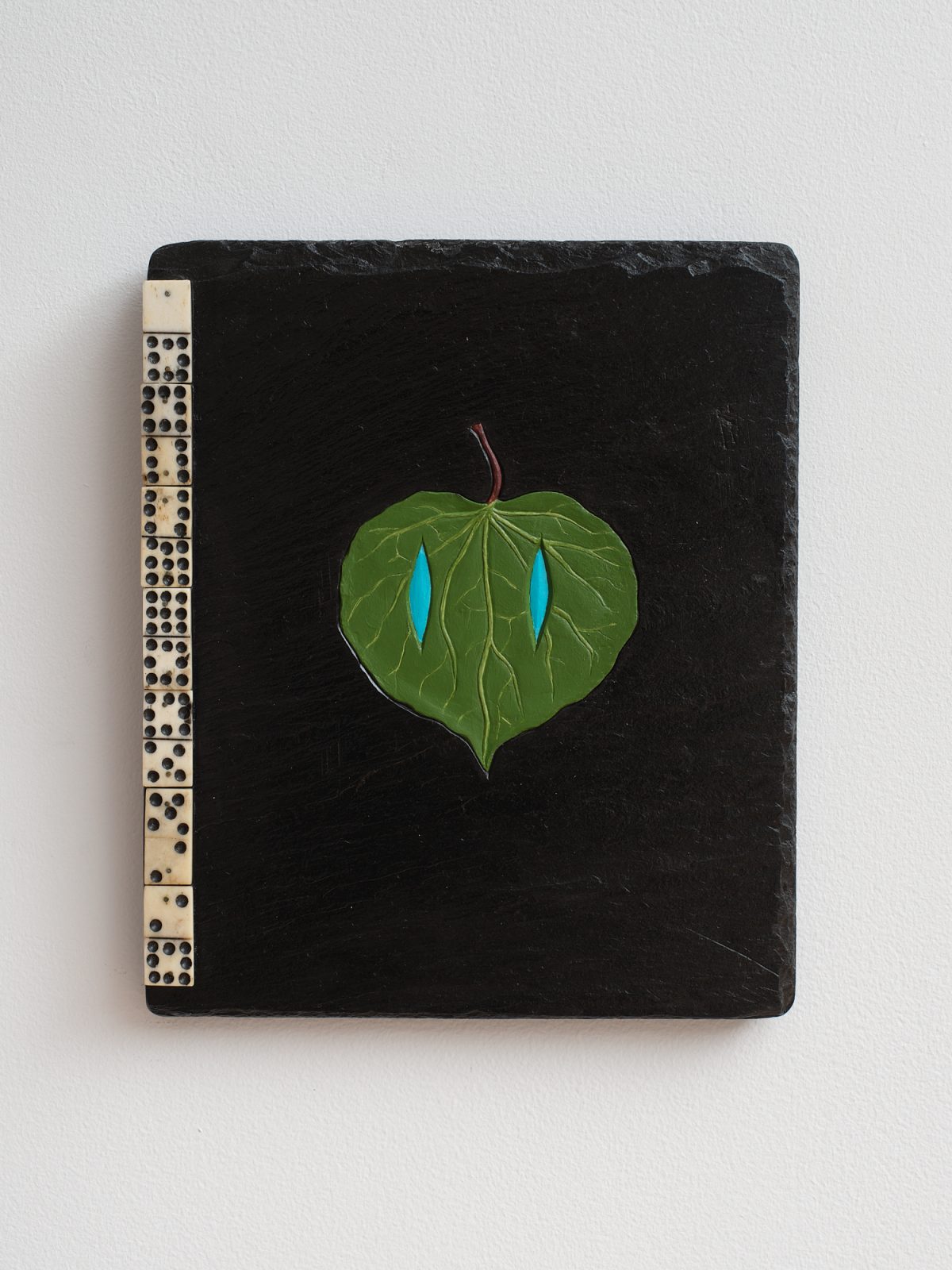
Bone dominoes, carved pigmented waxed Welsh slate
250 x 210 mm
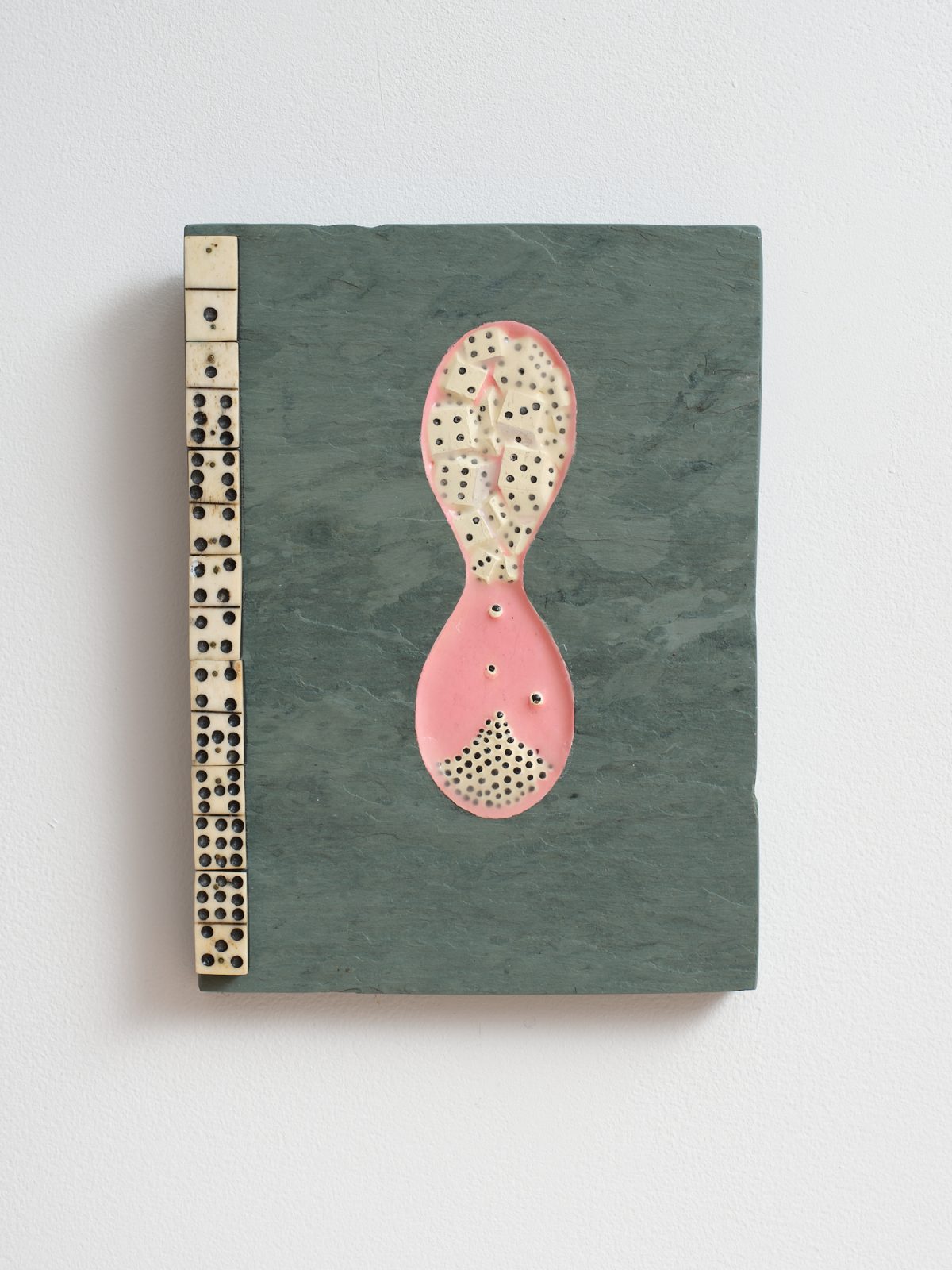
Bone dominoes, carved pigmented waxed Vermont slate
240 x 175 mm
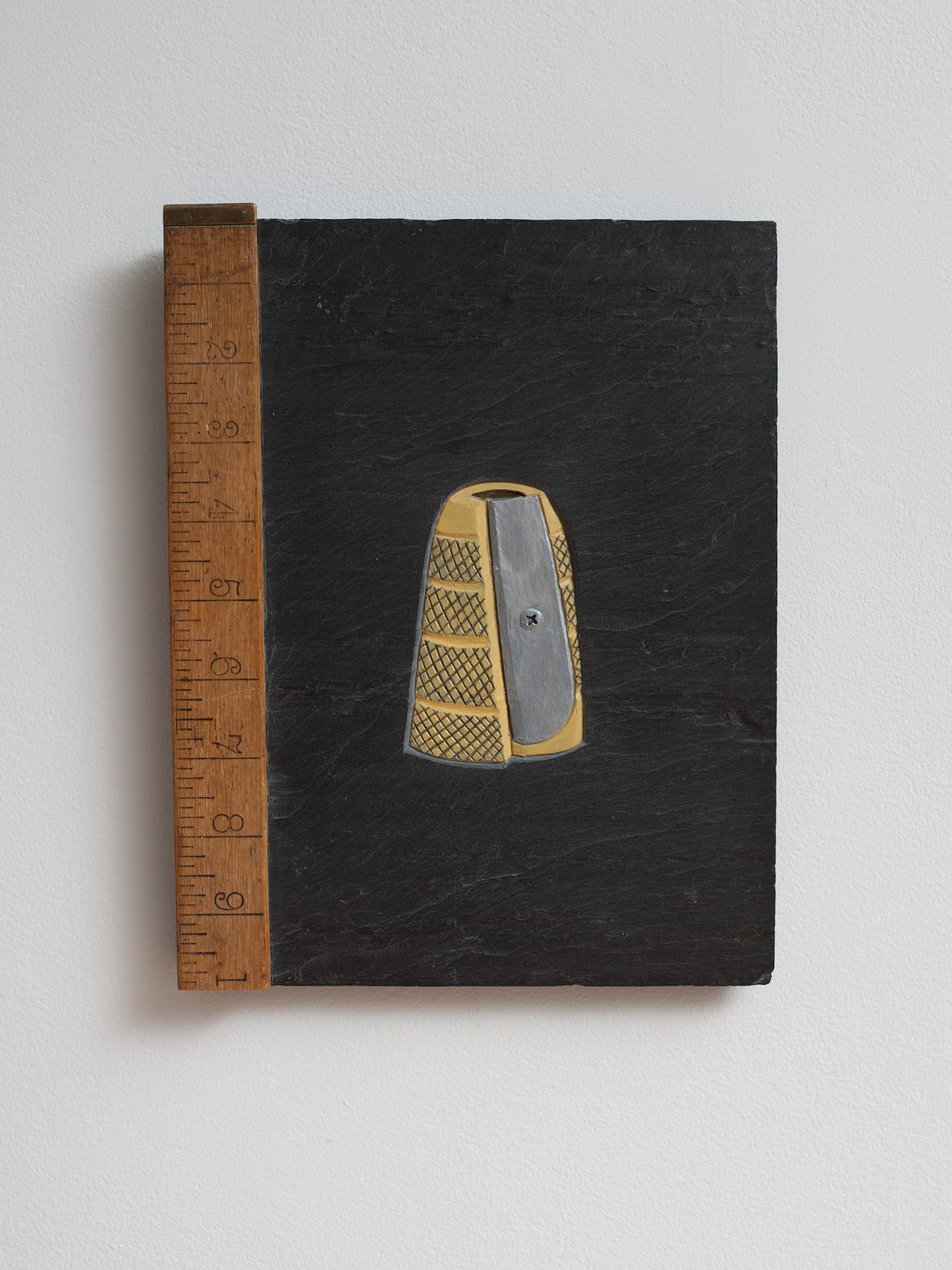
Wooden Ruler, carved pigmented Welsh slate
200 x 255 mm
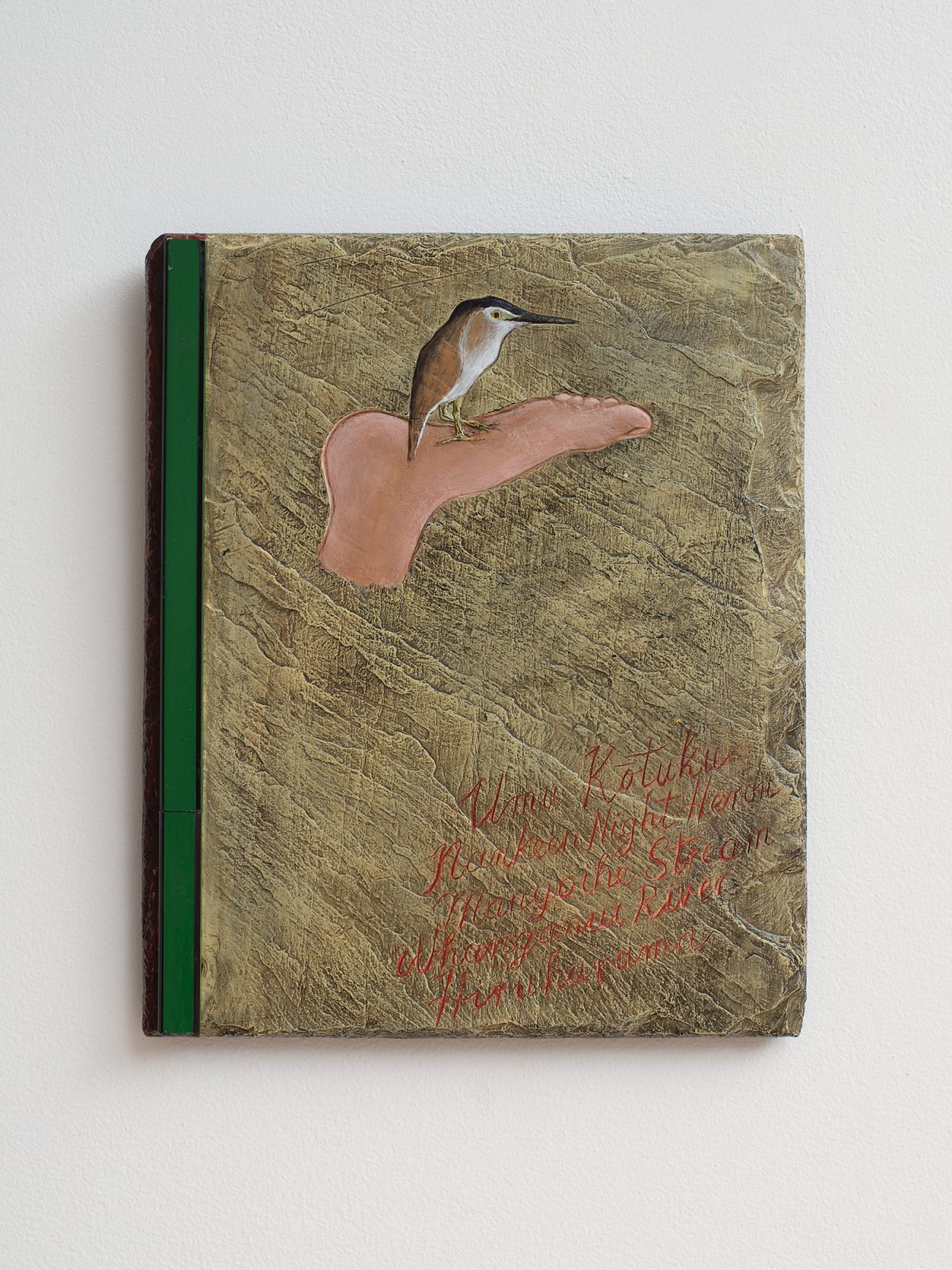
Carpenter pencil, carved pigmented Welsh slate
250 x 210 mm
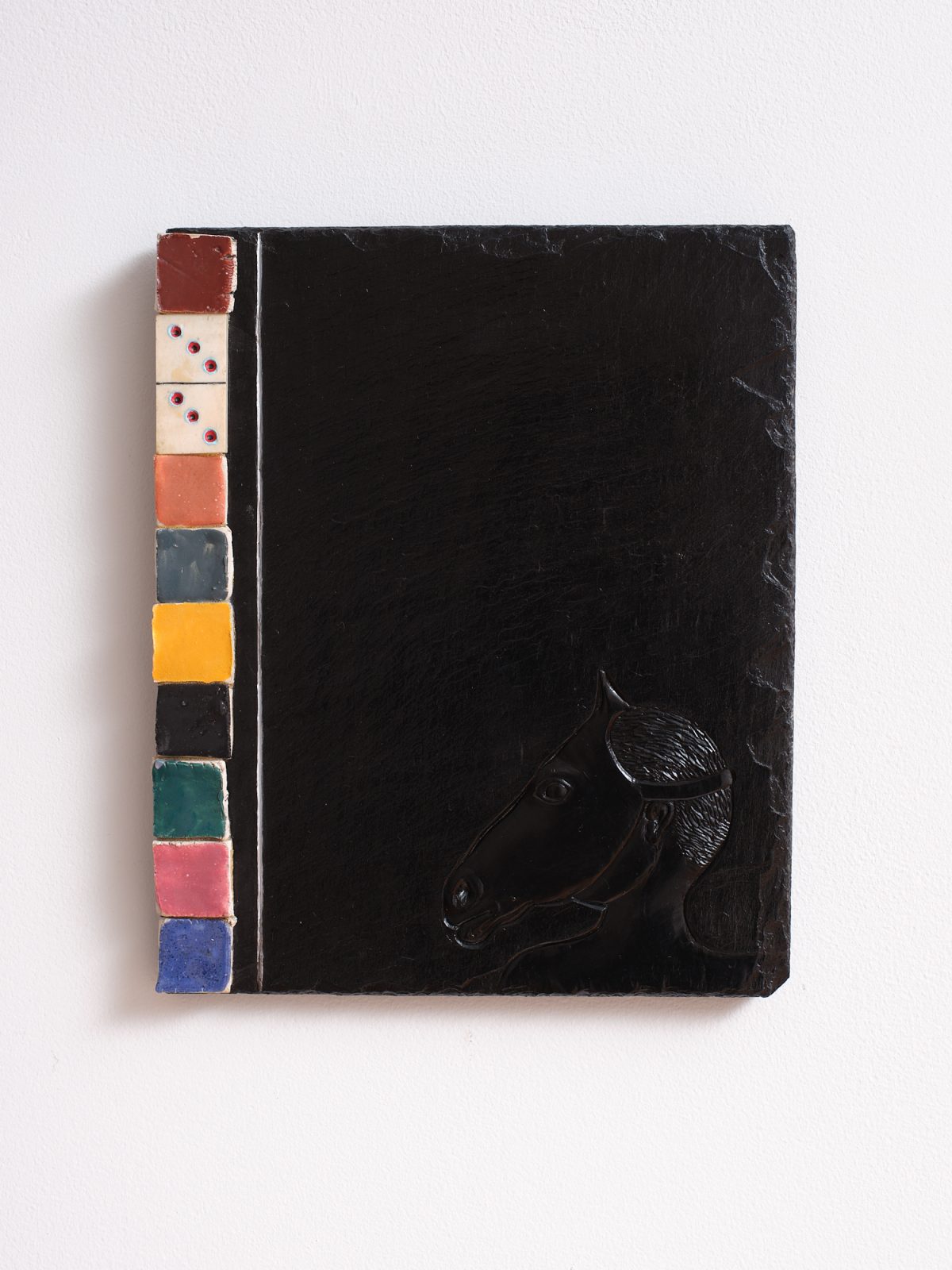
Dominoes, glaze tests, pigmented carved waxed Welsh slate
255 x 210 mm
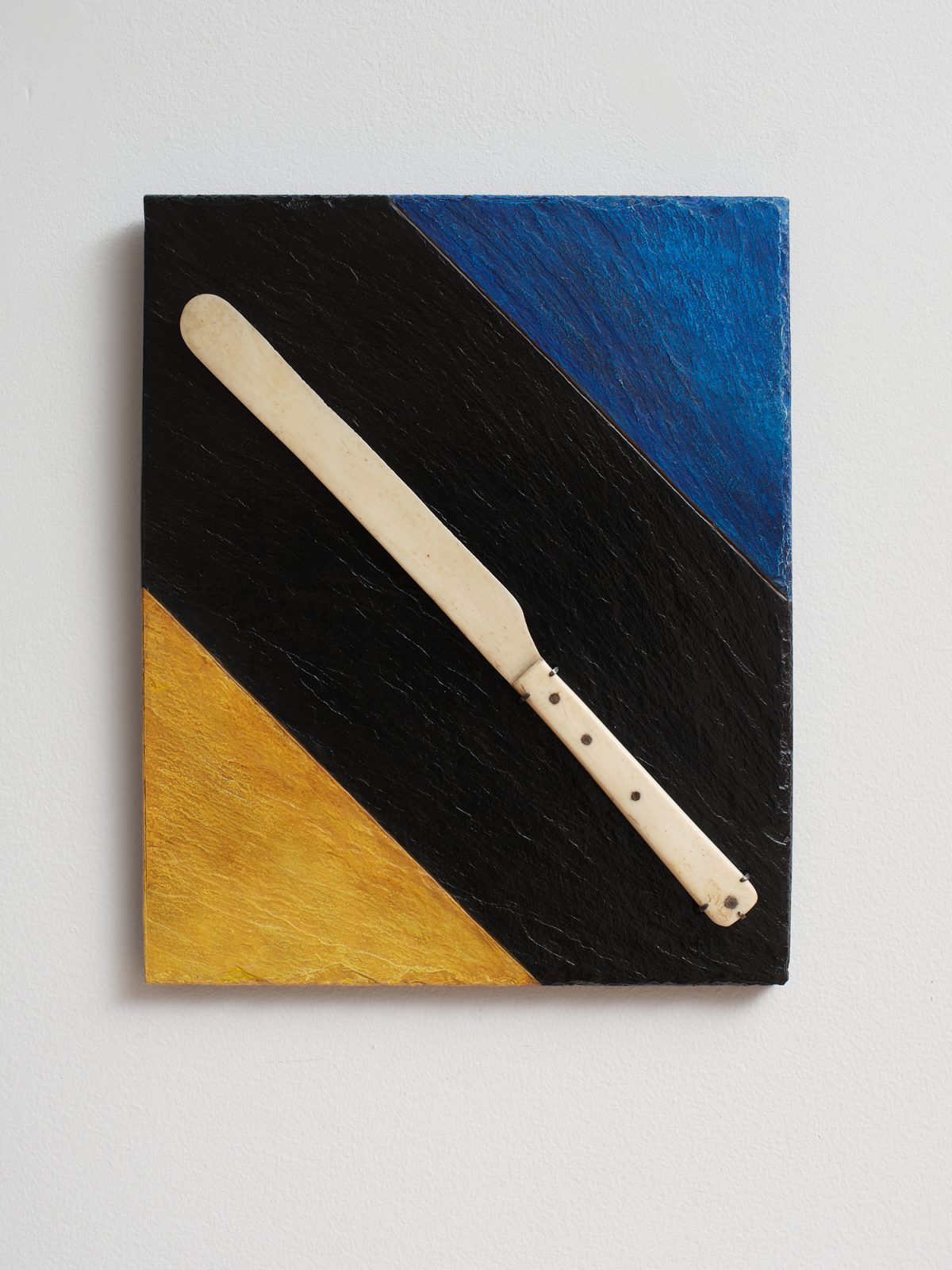
Horse Bone butter knife, silver pins, pigmented waxed Welsh slate
255 x 210 mm
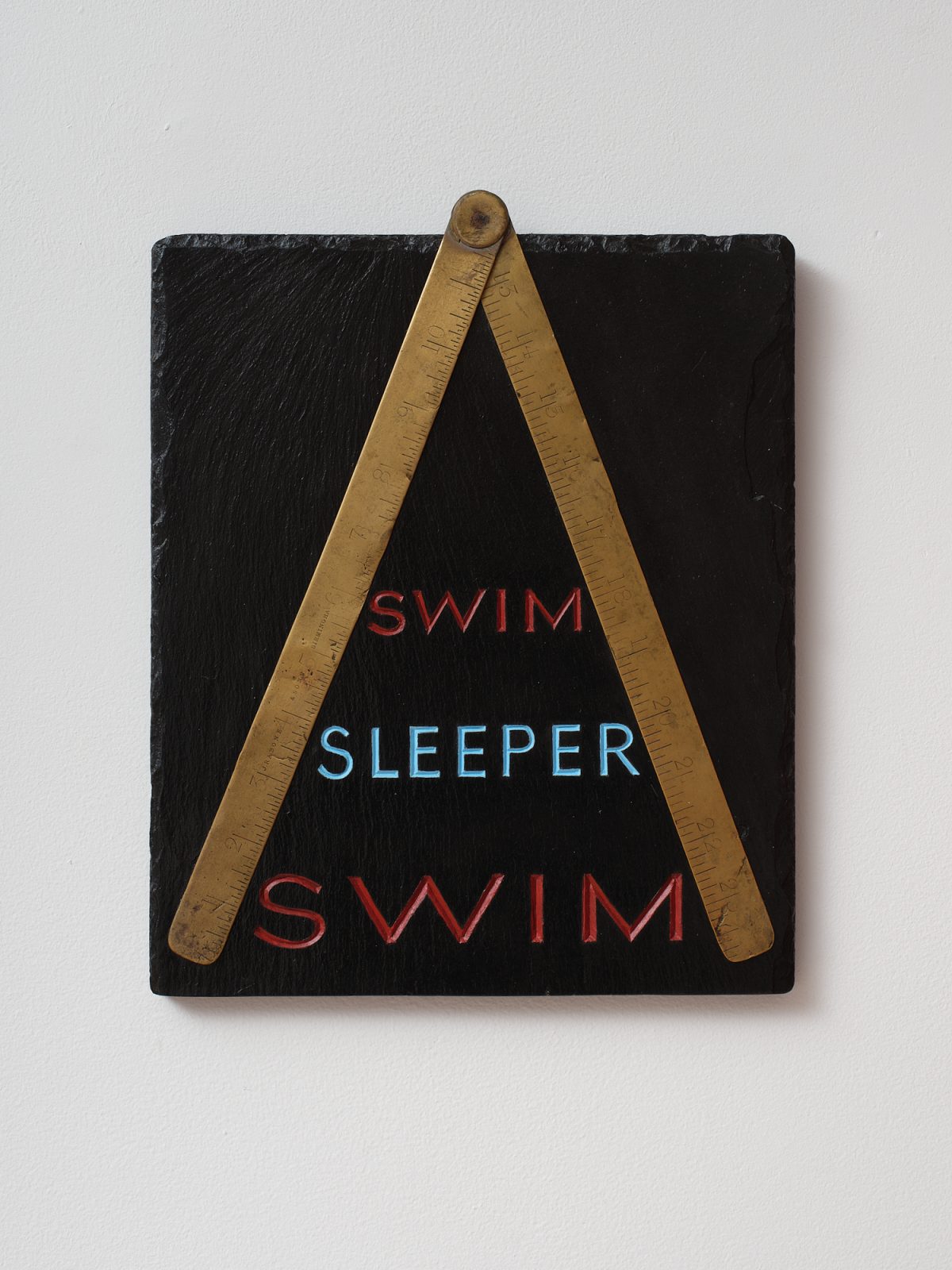
Brass Carpenters Rule, carved pigmented waxed Welsh slate
310 x 250 mm
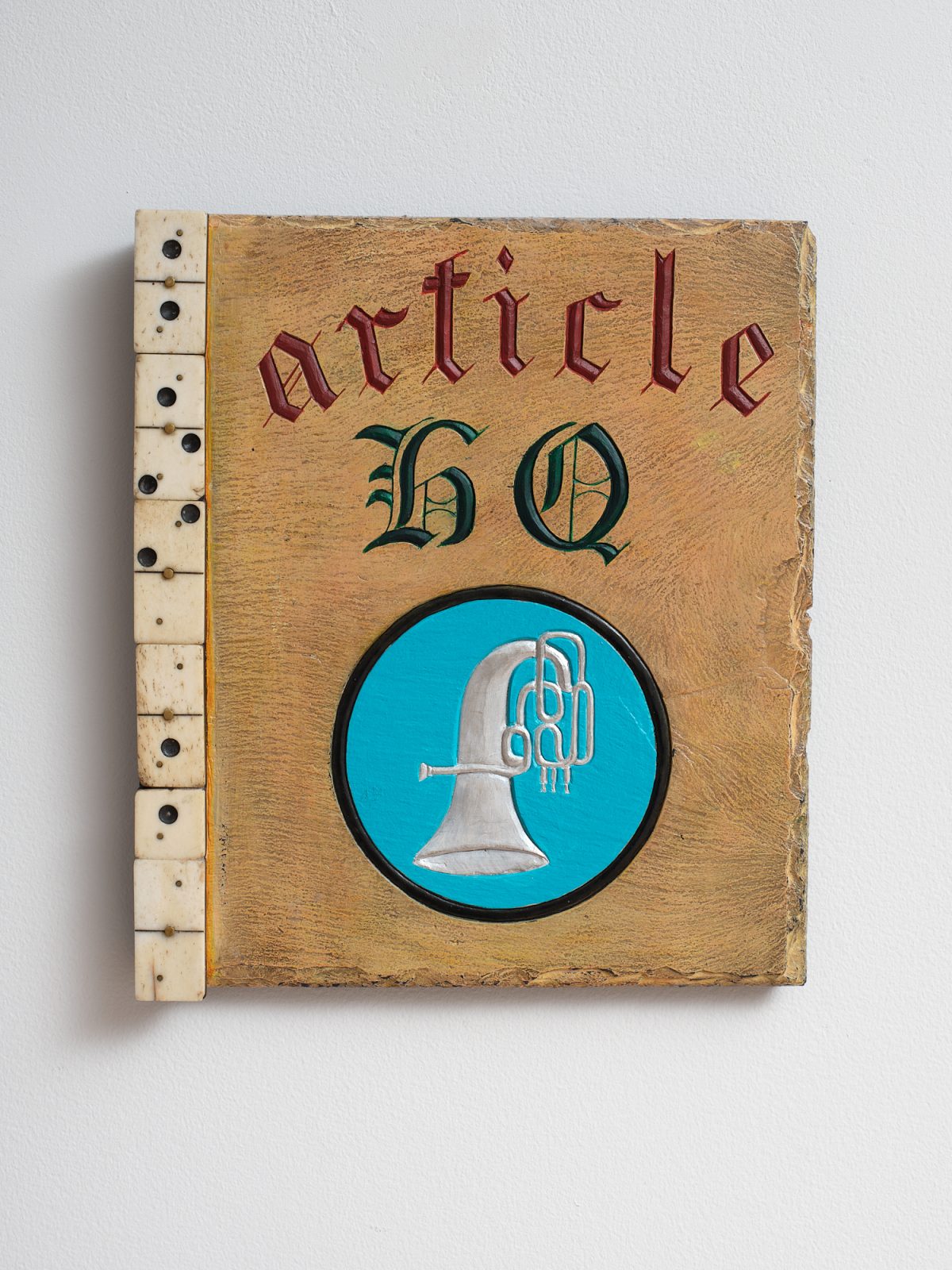
Dominoes, carved pigmented Welsh slate
255 x 220 mm
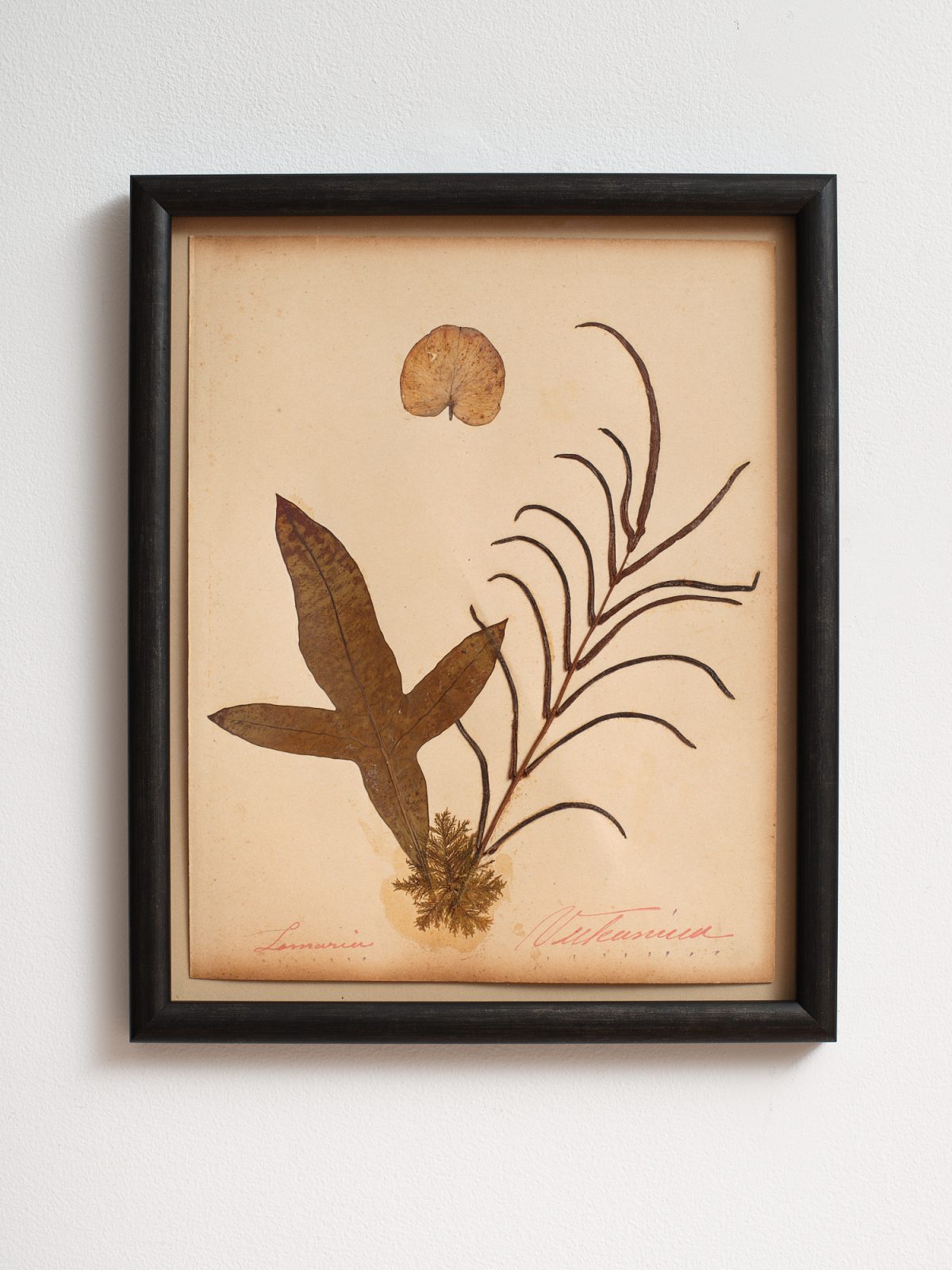
From album of pressed native plants, 1883
325 x 265 mm
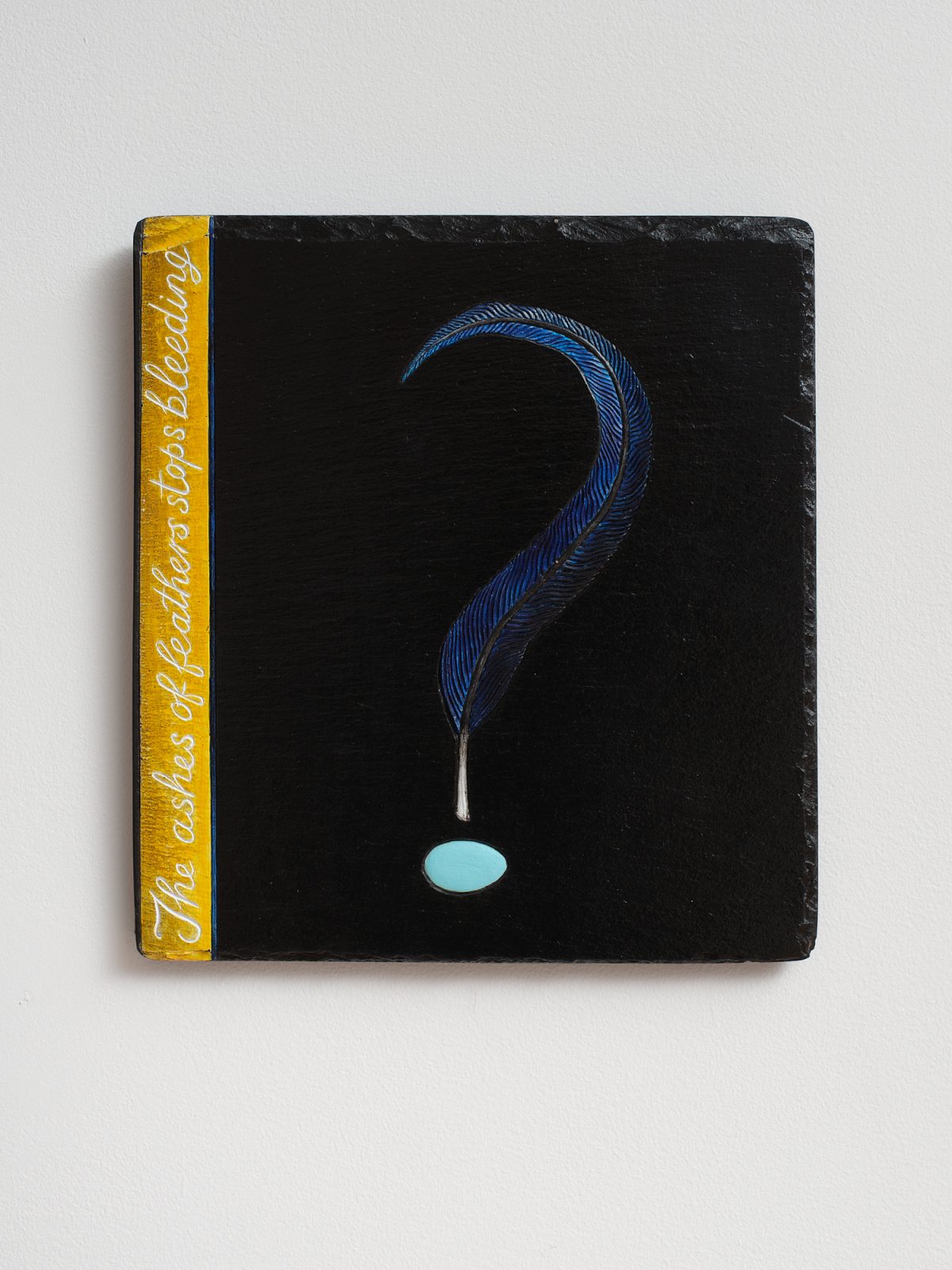
Pigmented carved waxed welsh slate, Irish Folk Remedy Text
250 x 230 mm
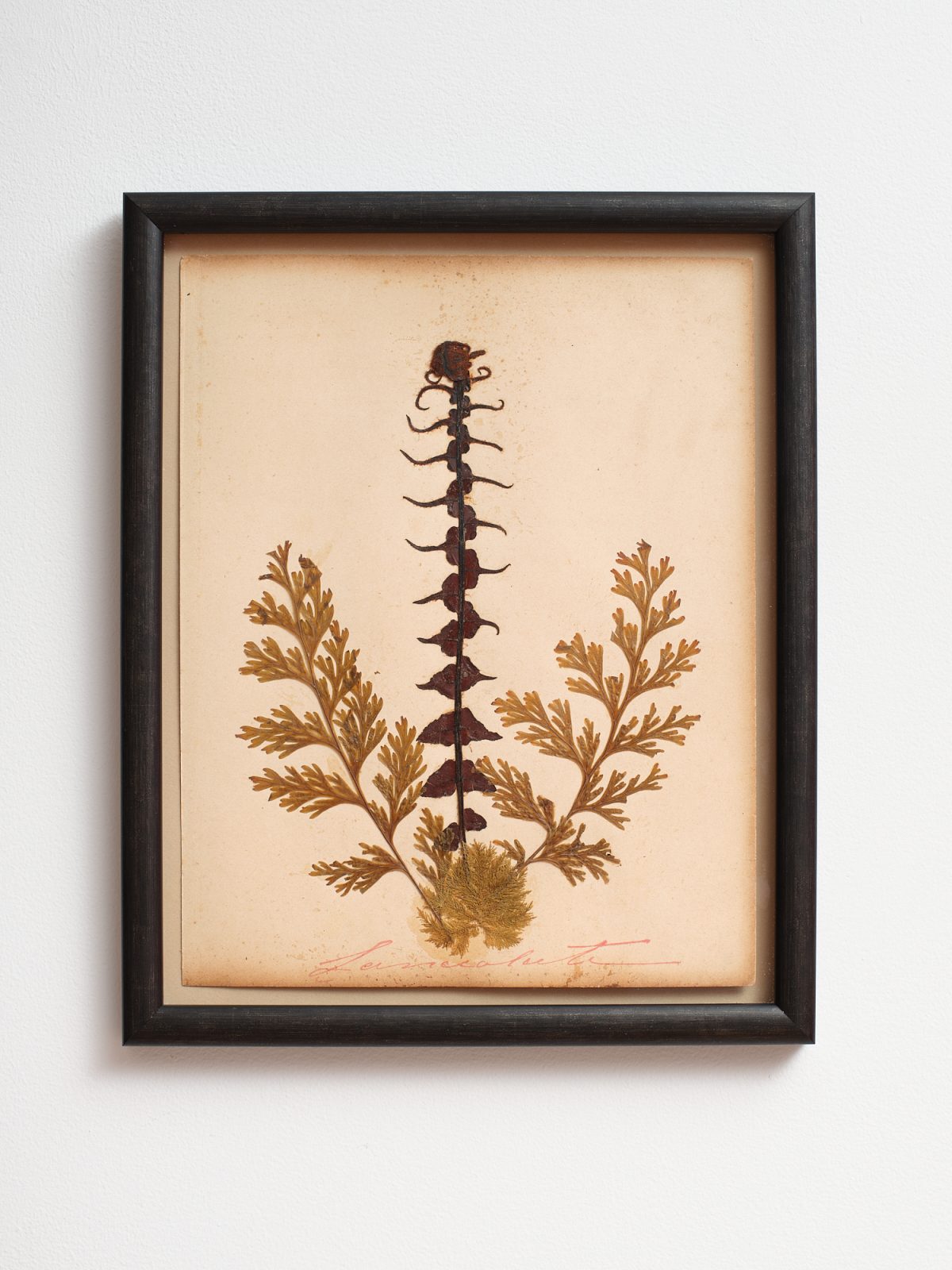
From album of pressed native plants, 1883
325 x 270 mm
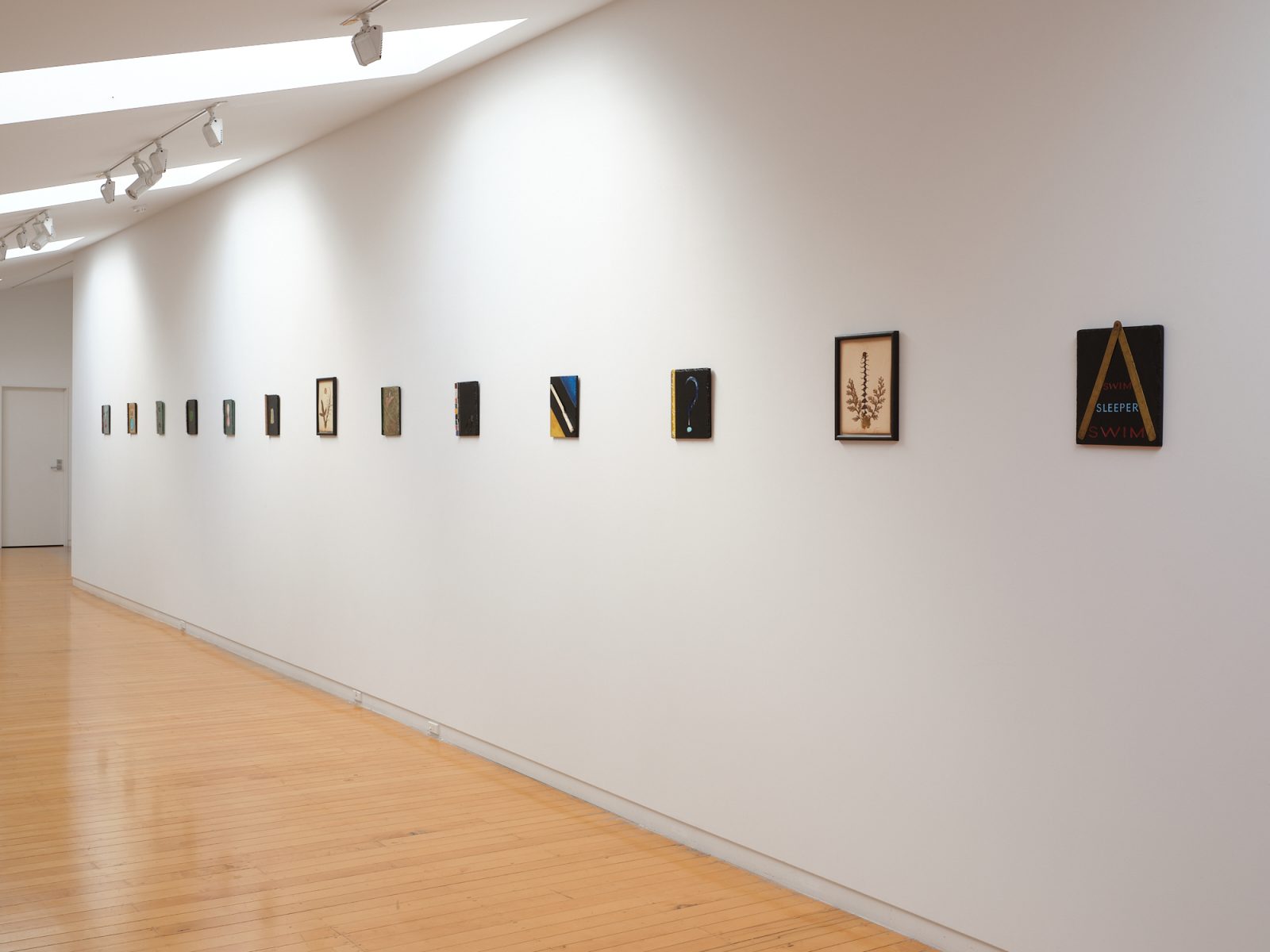
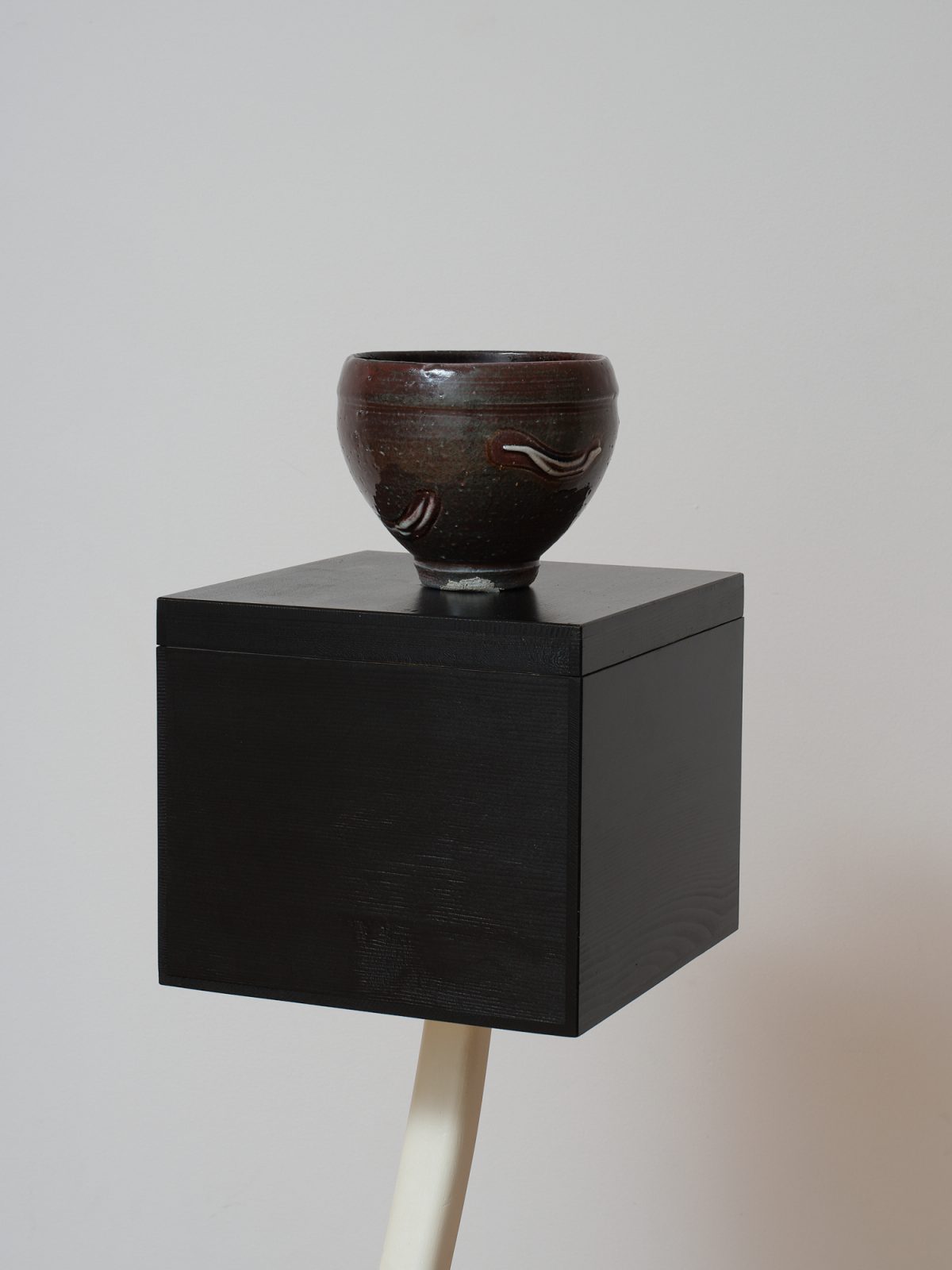
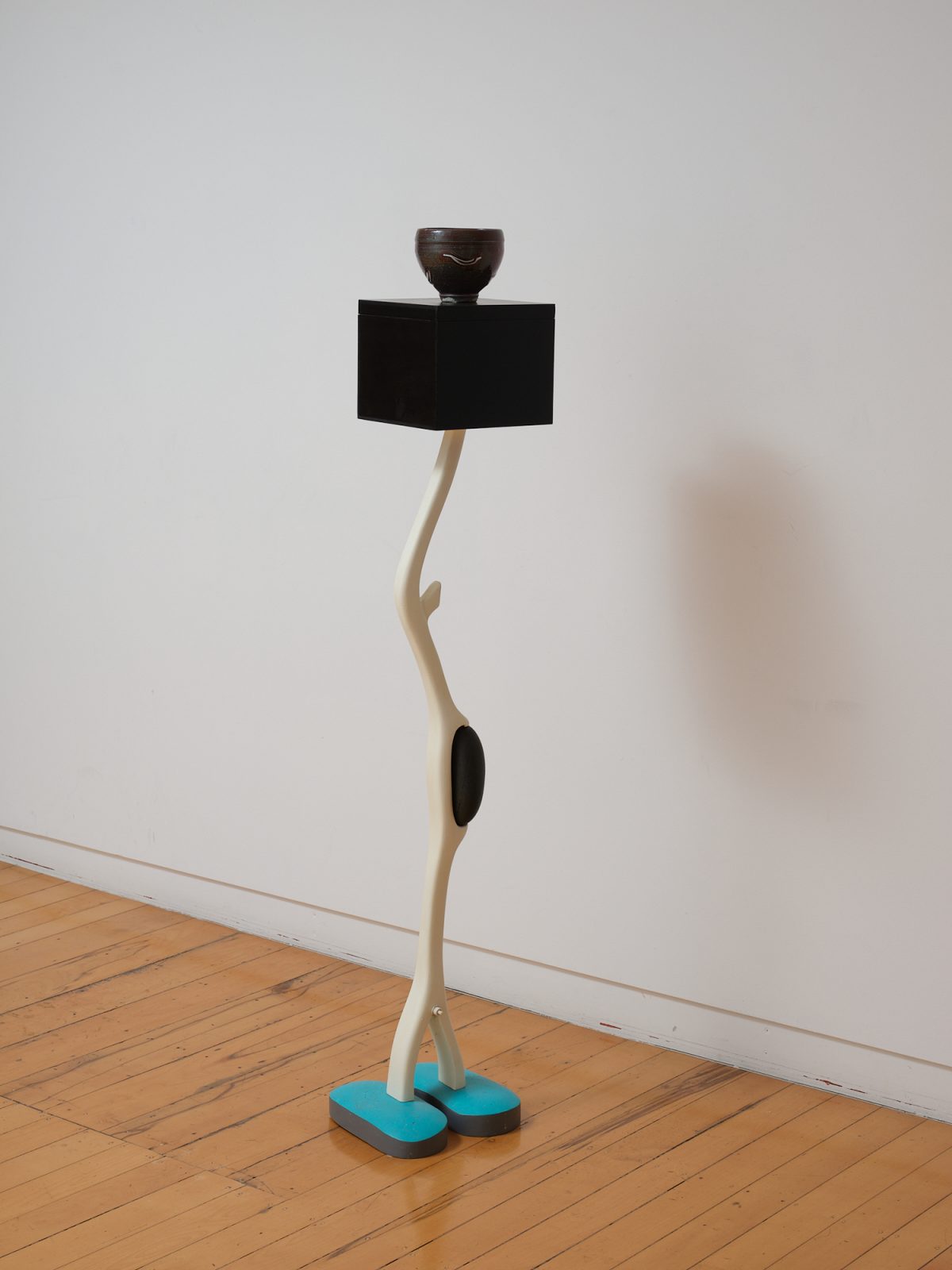
Painted wood, Japanese Cedar box ebonised, Argillite stone, soda fired copper infused porcelain
215 x 240 x 1385 mm
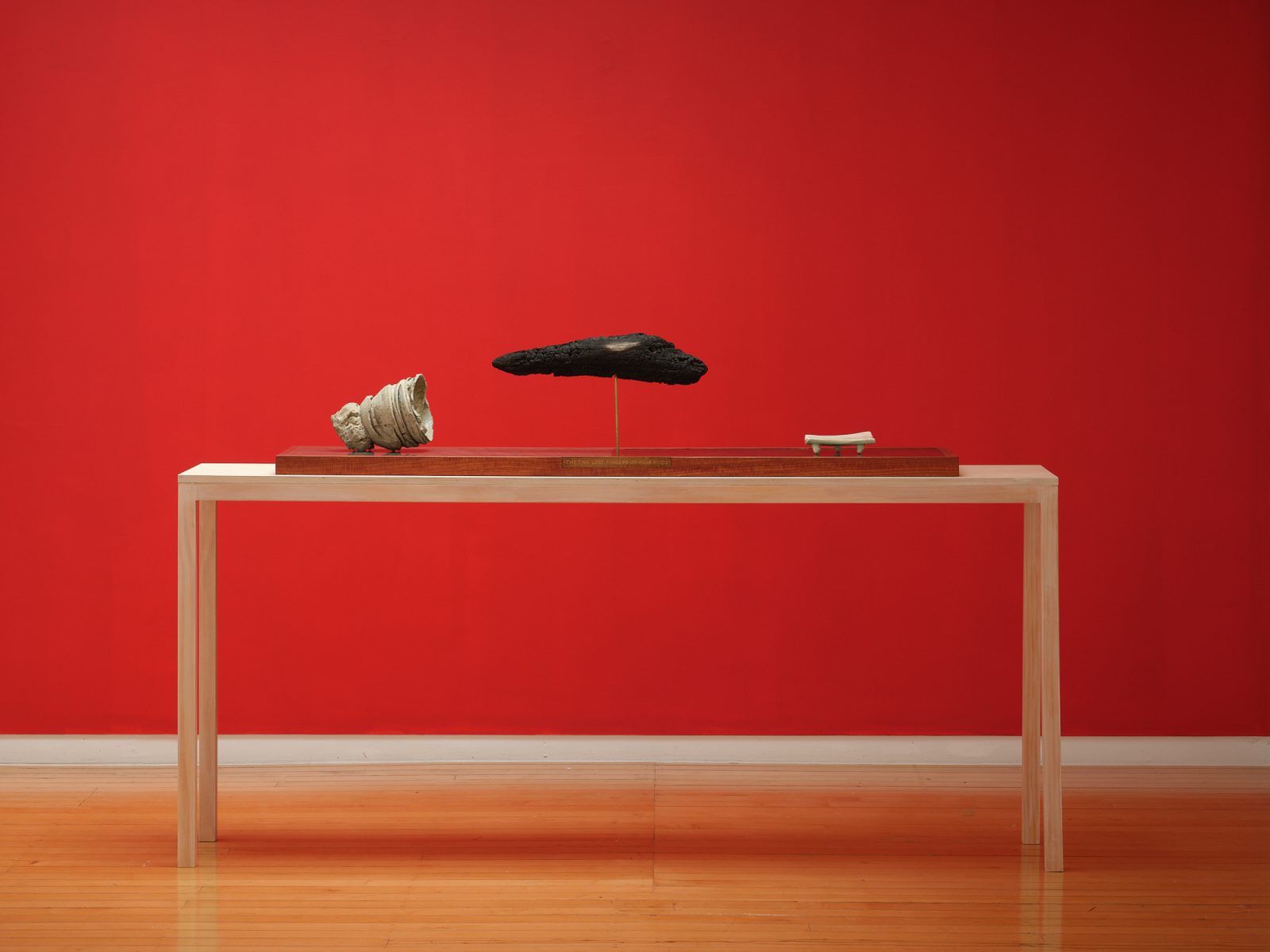
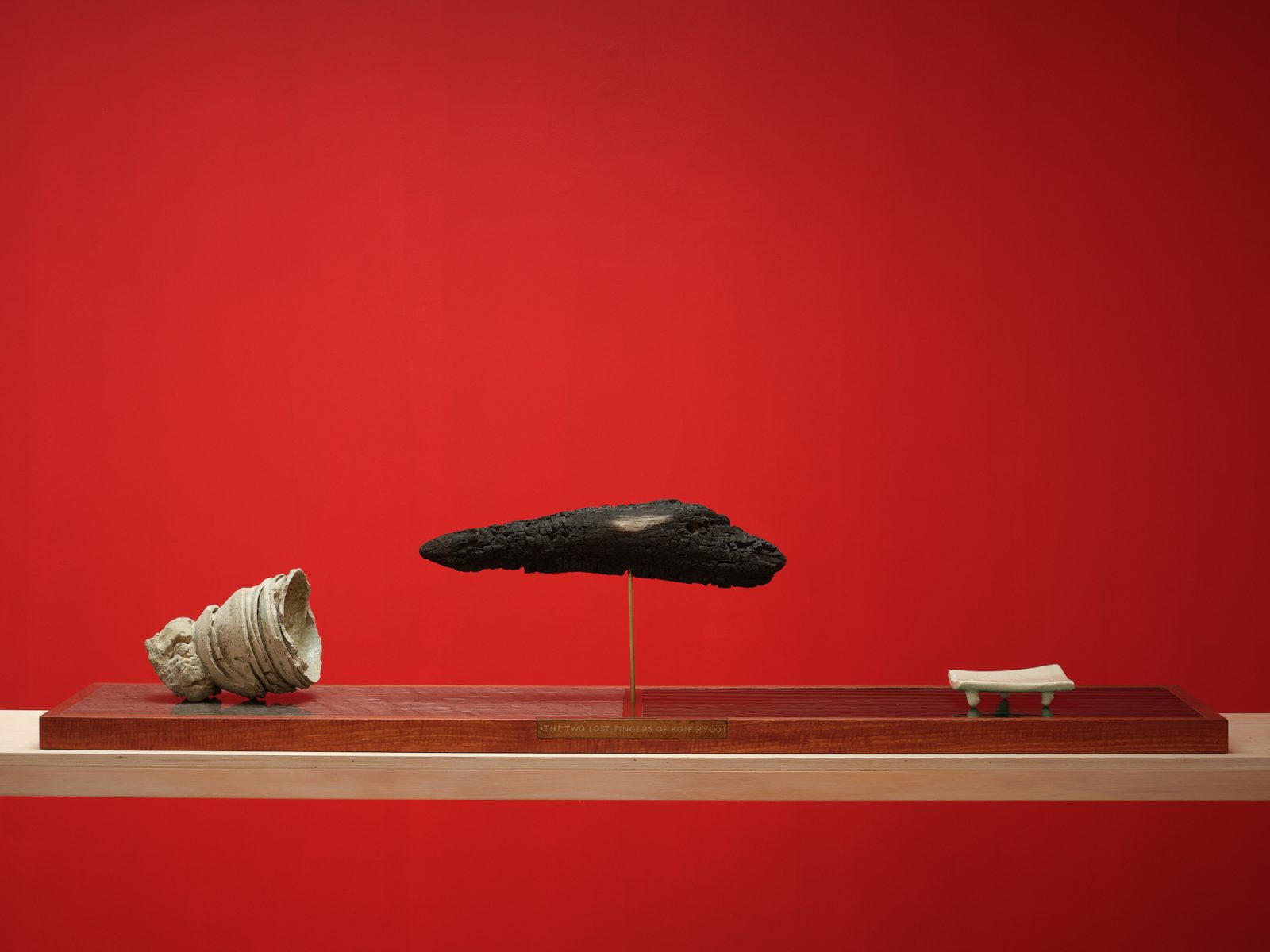
345 x 1555 x 350 mm
